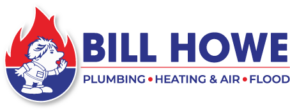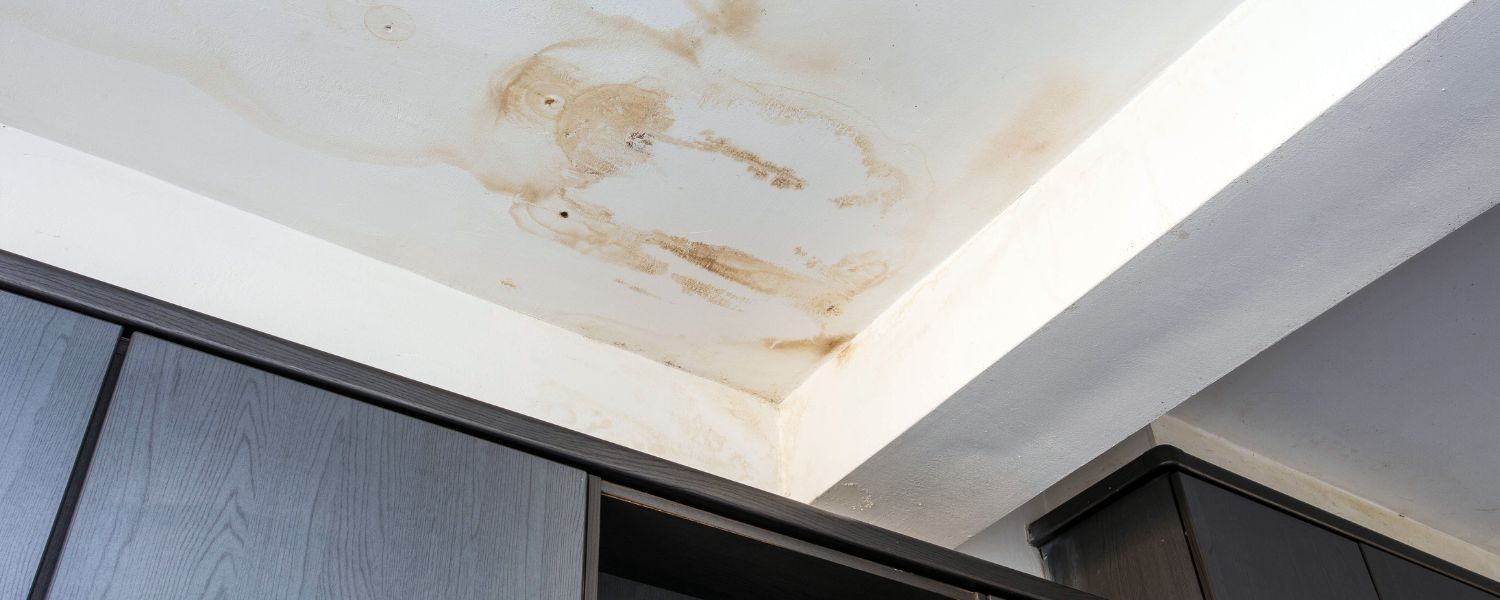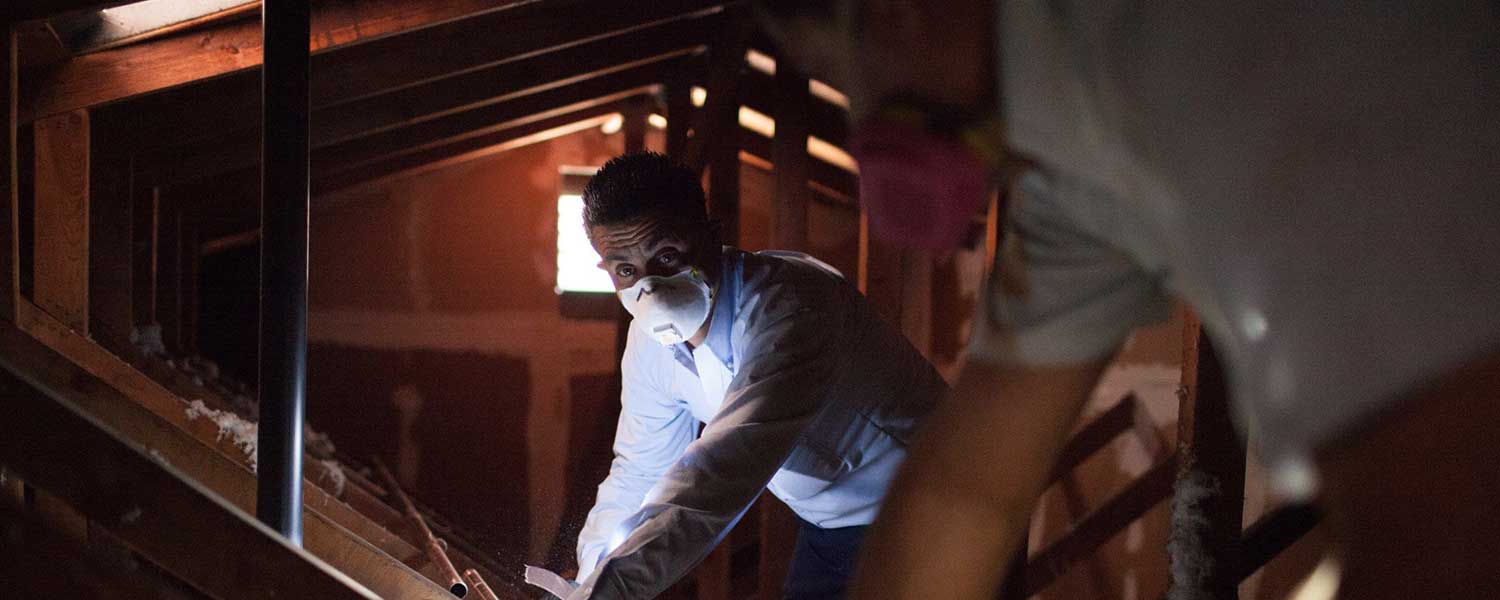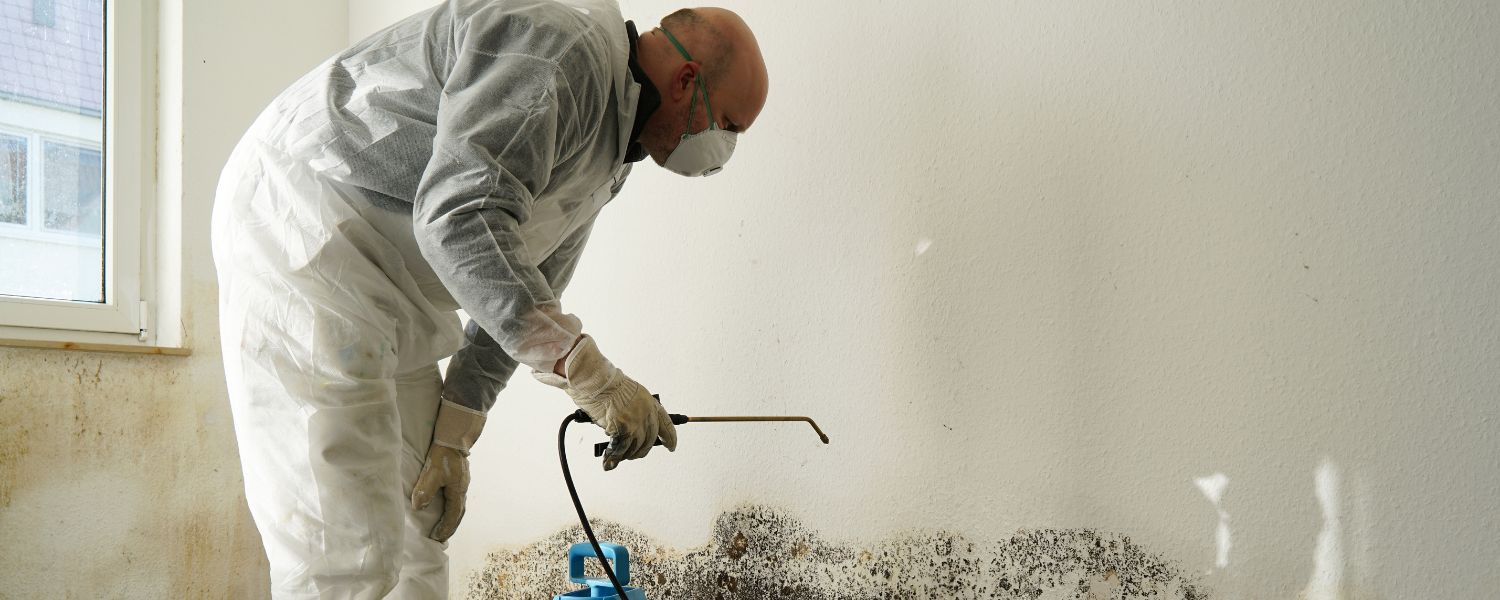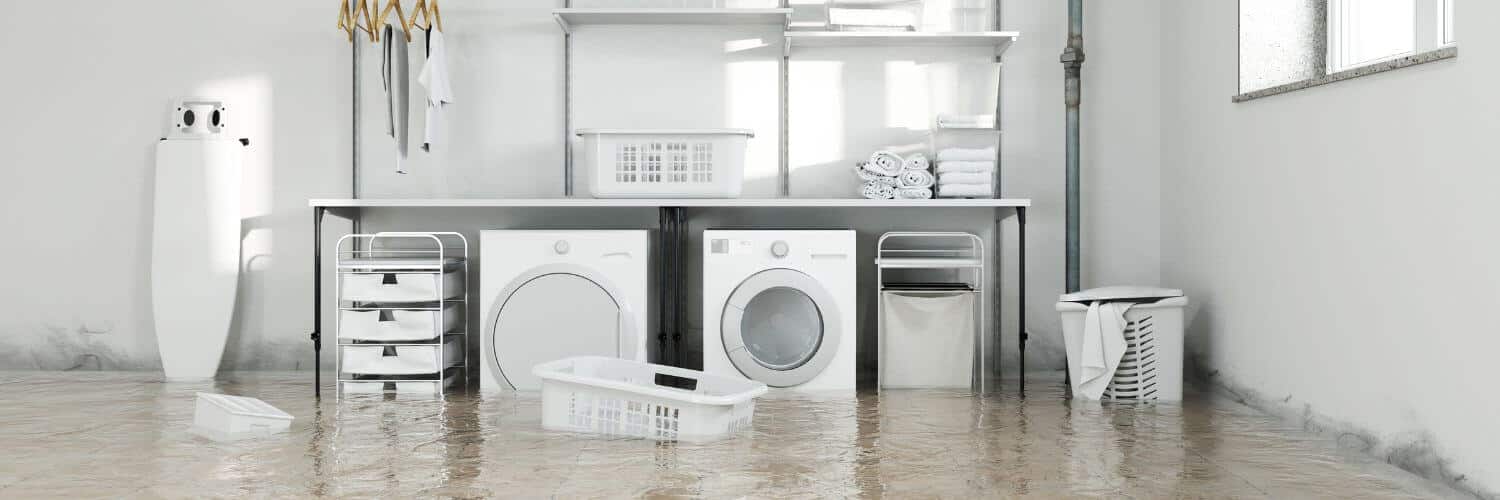Water and flood damage are never convenient, but with preparation and the right residential services and restoration experts, it can be a smooth process.
No matter what the cause of water damage is in the home, it is important to move quickly. The more time a homeowner waits in the beginning of the restoration process, the higher the costs and potential dangers will be.
Residential Water Damage Restoration
Homeowners can take one of three first steps when discovering leaks and/or floods in their home.
One
If the cause of water in the home is clearly a plumbing problem, many homeowners contact their plumber first in order to stop the source of the water. If a homeowner is experiencing a burst water heater, shut off valve, or fixture that will not shut off, stopping the leak is a priority. Once the source of the leak is determined and the flow of water is stopped, most plumbers can assist homeowners in the next step. It is also important to know the location and operation of the main water shut off valve.
Two
Homeowners can contact their preferred water damage restoration service company directly. Homeowners should be familiar with their homeowner’s insurance policy if they will be submitting an insurance claim for any restoration services due to water damage. Most insurance policies include a provision that requires homeowners to mitigate further water damage as soon as possible for full coverage. Many homeowners choose to get started on the water removal process first, or simultaneously, with insurance companies and contact a reputable, licensed restoration company.
Three
Contact your homeowner’s insurance. Homeowners insurance is there to help recover the loss in cases of water damage, and can help homeowners understand the process. When contacting insurance, homeowners should also understand their rights. Homeowners insurance companies will typically have a list of plumbers, technicians and restoration services preferred vendors they recommend. But, homeowners should be able to contact whomever they feel comfortable with. Be sure to verify company information and choose the right company for you.
Once the homeowner has begun the process, what can they expect?
When homeowners choose Bill Howe Restoration & Flood Services, they can expect a professional team Certified through the Institute of Inspection, Cleaning, and Restoration Certification (IICRC) on site quickly to assess the damage. The IICRC ensures that restoration companies maintain the highest industry standards and maintain qualified continued education to protect homeowners and the properties.
An IICRC certified team will use various methods, including thermal imaging to determine moisture levels and create a step by step action plan for structural drying. The importance of properly, and quickly, drying out the structure can eliminate future growth and minimize reconstruction costs. The level of moisture and the type of water damage can greatly alter the scope of remediation work.
Types of Water Damage
There are 3 types, or categories, of water damage that IICRC certified professionals use to determine the scope of flood mitigation.
Category 1
The first category of water damage is often referred to as “clean” water. Sources of category 1 damage include fresh water leaks from a burst pipe, toilet tank leaks, or shower and tub overflows (when mainlines are not involved). Clean water sources do not typically pose a health risk to residents.
Category 2
Also known as “grey water”, category 2 water damage contains a significant degree of chemical or biological contaminants which can be harmful. Causes of grey water damage can include toilet overflows where no waste product is present, washing machine leaks and/or overflows, and sump pump failures.
Category 3
The third category of water damage is considered “Black” water and is harmful to individuals. Black water contains unsanitary agents, bacteria and fungus, and can cause serious illnesses. Category 3 contaminated water sources can include main sewer line overflows, rising waters from storms, rivers and rains, and standing or ground surface water. Category 2 water damage can quickly become category 3 if left untreated.
There are also different classes of water damage that refer to the evaporation and saturation rate based on different types of building materials that will affect restoration first steps.
Once the IICRC certified water damage repair specialists have determined the scope of damage, created an action plan for structural dryout, and tested for asbestos (where necessary), they can begin the process. At this time, the homeowner should have filed a claim with their insurance and the IICRC certified team will work with the insurance adjuster to proceed.
Residential Restoration Procedures
Act on the water damage mitigation as soon as possible to begin dryout and material removal to eliminate category 2 or 3 loss and future growth including extraction and dryout methods
Methods include dehumidifiers, air movers, and heated air technology based on different building materials
Communicate with homeowners and insurance towards action plan, depending on coverage
Begin inventory and personal item pack out process to remove contaminated items from the home
Once the structural drying has started, contaminated items have been removed, and affected materials in the home such as drywall and porous materials have been removed to industry standards, drying equipment is typically left at the residence for a set time period to fully dry all moisture. It is integral to the process that all affected areas are properly dried before beginning the reconstruction process.
During the restoration process, Bill Howe’s specialists will maintain photo and moisture logs, continually communicating with the insurance on the homeowner’s behalf to ensure they receive coverage. This is where it is helpful for homeowners to have read the fine print of their homeowners’ policies and understand the parameters of their policy coverage details.
Most insurance policies cover common household water loss instances when the problem is sudden. For example, insurance typically covers slab leak damage as pipes under the home can burst, or sudden angel stop bursts, and even in some cases drain overflows. Insurance will cover the costs to get to the source of the problem, and putting the home back to pre-loss conditions. However, insurance typically does not over the actual plumbing repairs. The good news is that usually the repairs for a plumbing fixture are the least expensive aspect of a loss!
Residential Water Restoration F.A.Q.
Should I call my insurance first?
Homeowners may contact their insurance companies as a first step, but it is important to get damage assessed quickly to begin the process.
Do I have to use my insurance company’s preferred vendor?
No. Homeowners can choose their preferred vendors. Unlike auto accidents where insurance requires three estimates, when dealing with restoration, it is important to begin quickly.
Do I have to have the same paint, flooring, and/or tile etc. when putting my home back together?
No. Insurance will cover a certain amount based on the damages and what is already in the home. If you have Italian marble, your coverage will cover Italian marble. If you have carpet from 1980, your insurance will cover new flooring comparable with what you have, and so on. However, it is a great time to update flooring, paint, tile and any other home remodeling you have been thinking of. If what you want exceeds the cost of your coverage, homeowners can pay the difference and still get what they want. Your reconstruction project manager can help walk you through the process.
Will the reconstruction team paint only the damaged and replaced portion of my wall(s)?
No. it is important to Bill Howe Restoration & Flood, and your insurance company that your home be put back to pre-loss condition. When a portion of the wall has been removed, project managers will determine how much needs to be painted to match. In most cases, the entire wall and sometimes room, hallway, etc. will be painted.
If the damage occurs in my kitchen, can my living room be updated?
Insurance reconstruction coverages typically cover the affected areas plus any areas that do not have a natural barrier such as a door. If your kitchen is flooded and you have an open floor plan, in most cases, insurance will cover the reconstruction process in the living area as well to include flooring and paint, baseboards, etc. to ensure the areas match.
Will I have to leave my home while the work is being performed?
In most cases, both the restoration team and the insurance adjuster make every effort to ensure homeowners can remain in their home. If there is a working kitchen and bathroom, then homeowners do not have to leave the home.
Why should I choose Bill Howe Restoration & Flood Services?
The team at Bill Howe Restoration & Flood has the same values and dedication to customer happiness that has been in place since 1980 with Bill Howe plumbing. And, since many water damage instances come from a plumbing element, it is easy to coordinate all repairs and restoration in one company. Plus, the experts at Bill Howe are certified, trained, carry the best insurance and are committed to the best for our customers. We work directly with all insurance and will negotiate on our customers behalf to make sure by the end of the process, they are happy and stress free.
How do I contact Bill Howe Restoration & Flood?
To reach Bill Howe, call 1-800 BILL HOWE (245-5469), send us a message or contact us during regular hours via live chat. But since emergencies never happen at a convenient time, know that Bill Howe is available 24/7 every day of the year.
